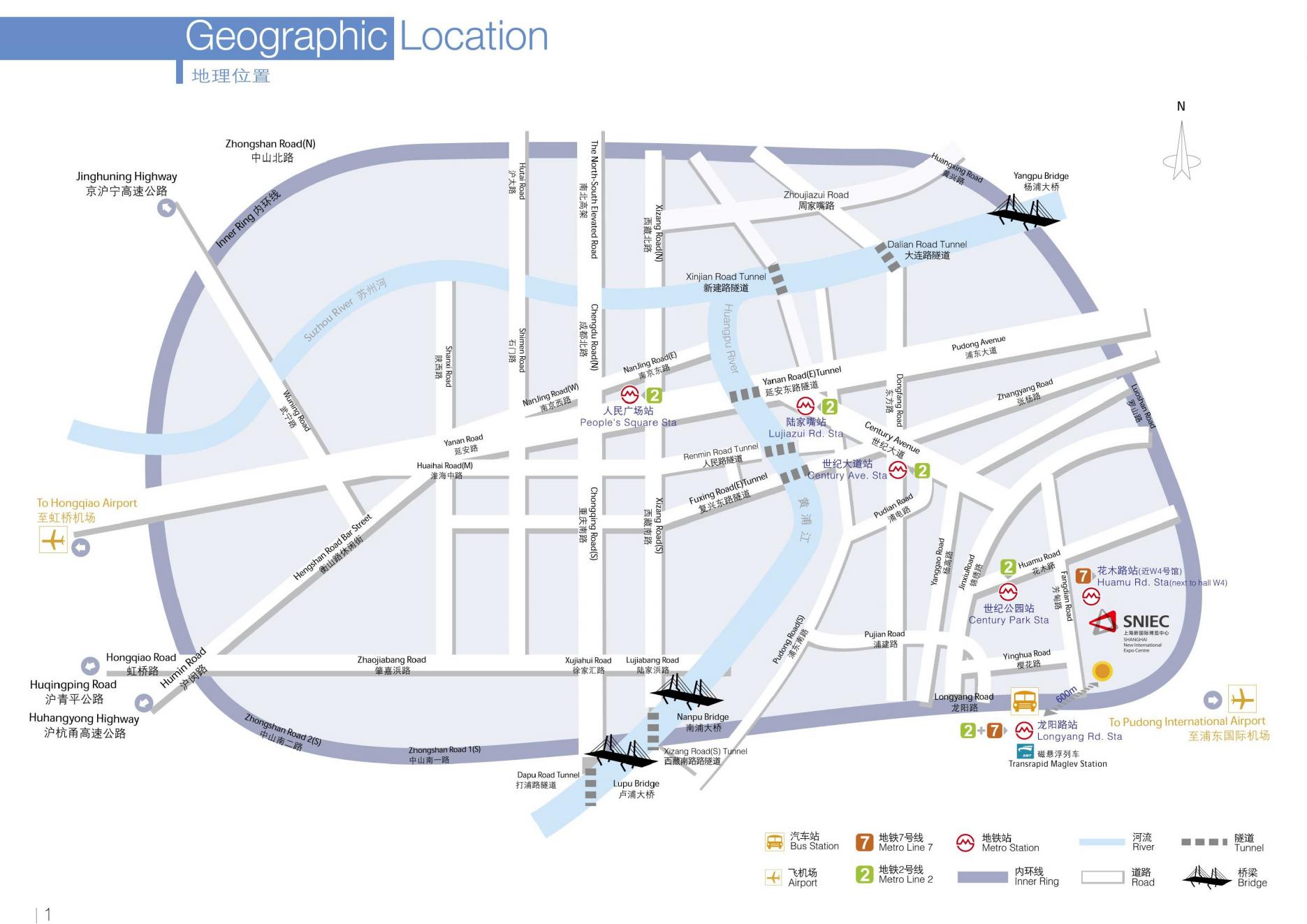Following the release of the first automotive UWB chip last week (Big News! Samsung launches the first automotive UWB chip), Samsung announced last night that it has launched a new and more advanced automotive UWB chip, Exynos Auto UA200, which has some advanced features in addition to UWB connectivity.

The Exynos Auto UA200 chip uses ultra-wideband (UWB) technology, combined with advanced ranging capabilities, to achieve centimeter-level accuracy and strong security. The chip integrates multiple IP modules such as radio frequency (RF), baseband, non-volatile memory (NVM), power management unit (PMU) and microcontroller unit (MCU). The MCU is equipped with an integrated Cortex-M33 processor designed for IoT and embedded applications.
The chip achieves centimeter-level accuracy in distance measurement and 3D direction analysis through time of flight (ToF) and angle of arrival (AoA) technology. This technology can accurately detect the user's position relative to the vehicle and automatically control the opening and closing of the door.
Support UWB radar detection
Samsung said that the Exynos Auto UA200 is optimized for radar use, can monitor the driver's breathing rate and support child presence detection (CPD). These features make the chip a comprehensive in-car solution that redefines daily passenger safety and can even identify unattended babies in real time and notify the driver.
It is understood that CPD stands for Child Presence Detection. It monitors vital signs by installing sensors such as radar and cameras in the car to determine whether a child is left in the car. It can also send out alerts by pushing messages, making beeps, calling the owner, contacting rescue agencies, etc. Some CPDs can also ventilate and cool down by controlling car windows and turning on air conditioners.
Relevant data show that between 1990 and 2023, about 1,083 children were left in cars and died of heat stroke; in the past five years, an average of about 39 children were forgotten in cars and died in North America each year, and more than half of them were left behind without the knowledge of their parents.
Therefore, countries around the world have begun to take CPD child presence detection seriously. For example, the new version of the Road Law officially implemented in Italy in 2020 stipulates that vehicles carrying children under the age of 4 must be equipped with CPD; the European Union has listed CPD technology as one of the standard configurations of "E-NCAP 2025", requiring all new vehicles in 2025 to be equipped with CPD technology to obtain the highest safety score; the US Hot Car Act is also expected to be passed in 2025; and in China, CPD will be included in the evaluation system for the first time in the 2024 C-NCAP.
The current direct identification methods of CPD mainly include several common sensor solutions such as cameras, millimeter-wave radars and UWB radars. The advantage of UWB radar is that it can directly detect human breathing, without privacy risks, and the power consumption is lower than that of millimeter-wave radars.
From the perspective of cost, as UWB enters the automotive system and becomes standard, multiple UWB anchor points are arranged on the car, which can not only be used for CPD functions, but also reused in digital keys, Car ID (replacing license plate recognition or ETC), kicking the trunk and other applications, realizing a closed loop of human (smartphones or wearable devices), infrastructure and car interaction scenarios.
Better performance and higher security
Compared with the previous generation UA100, the Exynos Auto UA200 has increased the number of channels from 2 to 6, with significantly improved performance. In addition, its storage capacity has also been greatly enhanced, with eFlash capacity increased from 512KB to 2MB and SRAM capacity increased from 256KB to 416KB, enabling faster data processing and additional logic operations.
The Exynos Auto UA200 also uses scrambled timestamp sequence (STS) technology to encrypt signal time data, and its nanosecond pulse duration can measure the distance between the transmitter and the receiver in real time. Compared with traditional RSSI technology, STS technology can instantly verify the authenticity of the signal by detecting the difference between the location of the tampered signal and the actual location of the hacker.
Currently, several top customers are testing the Exynos Auto UA200 chip. If the test goes well, Samsung may start mass production in the next few months.
This paper is from Ulink Media, Shenzhen, China, the organizer of IOTE EXPO (IoT Expo in China)


















